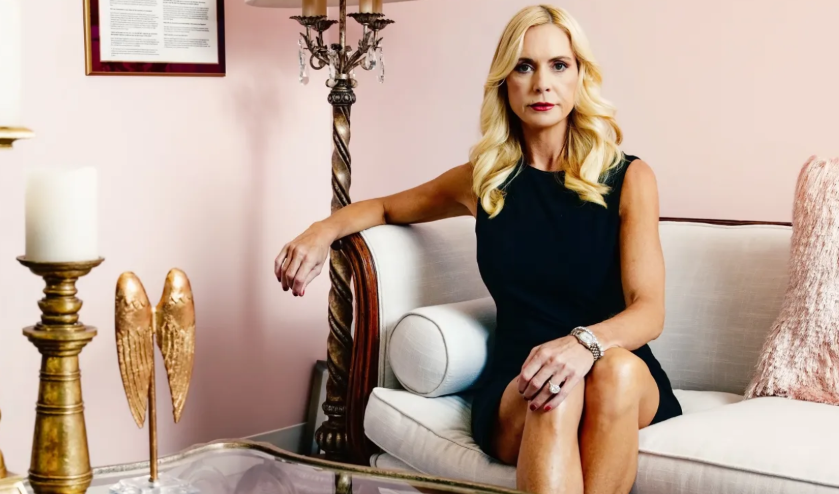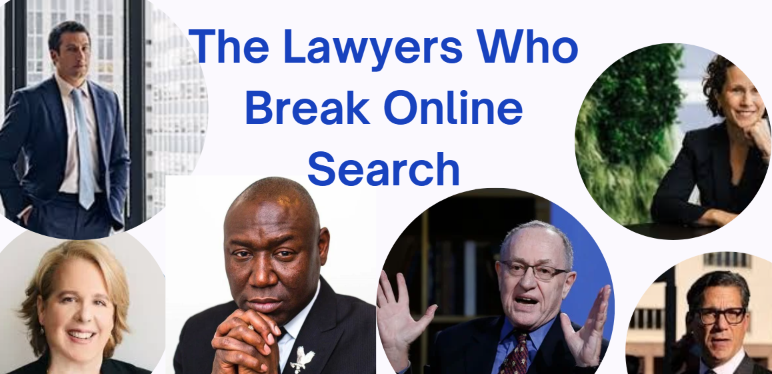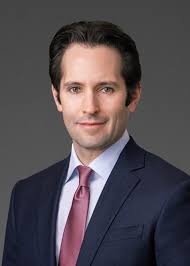From Forbes:
Due to widespread misconceptions surrounding internship legislation and the academic credit provision, 35% of the approximate 1 million students that intern each summer are still unpaid, according to Austin-based college research firm InternBridge. Within the private sector, that figure is 38.2%.
Unpaid internships are meant to be the exception, not the norm. Under federal law, employers must compensate their workers an hourly wage of at least $7.25 an hour and at least time and a half for overtime work. That’s non-negotiable. The only exception to this law is if the internship is designed as an “educational training program.”
The internship experience is for the benefit of the intern
The intern does not displace regular employees
The employer that provides the training derives no immediate advantage from the activities of the intern; and on occasion its operations may actually be impeded
In other words, if the intern boosts productivity, he or she must be paid.
These rules have pushed cash strapped companies to take the so called “academic credit” approach.
The more an internship is structured around an academic experience, the more likely it will be viewed as an educational training program, according to the guidelines.Since the definition of “an academic experience” is vague, the Department of Labor added this clause to clarify: “this often occurs when a college or university exercises oversight over the internship program and provides educational credit.”
Academic credit alone does not make an internship legal, but it does present better to a court than no compensation at all. Plus, requiring credit can result in big savings for companies– paid interns earn an average $12.53/hour. So instead of paying interns, 42.3% of for-profit interns now receive credit, which passes the problem off to colleges.
Media giant Hearst, for instance, which was threatened with an intern lawsuit in 2013, recently posted a position for a Sales and Marketing intern. One of the requirements: “Current undergraduate or graduate student who must be able to earn credit for internship.”
This forces colleges into a lose-lose situation: If they offer credit, they either have to charge students or miss out on big tuition bucks. Plus, they risk associating their name and credits to an internship program they’re not even involved with. But If they don’t, their students aren’t eligible for these internships.
Since there’s no clear solution, many colleges charge tuition for academic credit, placing a serious financial burden on students. At Trinity College, students must enroll in a minimum $600 half-credit course, at UCLA, the “academic credit” costs $1200 and up to $4000 for international students. Bentley College, Bucknell University, and Brandeis University have similar programs.
For rising UCLA senior Angela Campos, that price tag was too high. Campos was offered an internship at prestigious Los Angeles law firm Bergman Dacey Goldsmith this summer, but when she went to accept the internship, she was told she needed to receive academic credit. That was going to cost her between $1200 and $2000, all out of pocket. Since she wouldn’t be a full time student, her academic adviser informed her that her financial aid package wouldn’t cover it; she could take out a loan if she wanted.
“It was very frustrating. I tried to make it work with them, like oh ‘can I work with you some other way?’ I even offered to do it without class credit and they said ‘no, we can’t do that,’” Campos said. “They were very adamant that I specifically get class credit to work with them.”
Campos ended up taking an unpaid internship at the Los Angeles District Attorney’s office. Since the internship is in the public sector, she doesn’t need to receive credit.







